Deck & Commander Strategies

Elsha of the Infinite
Focuses on casting instants and sorceries from the top of the deck, enabling a control style with heavy counter magic and value spells to stall and outdraw opponents.

Kinnan, Bonder Prodigy
Ramp-centric deck aiming to generate large amounts of mana quickly to deploy powerful threats and draw cards, leveraging mana dorks and artifact acceleration.
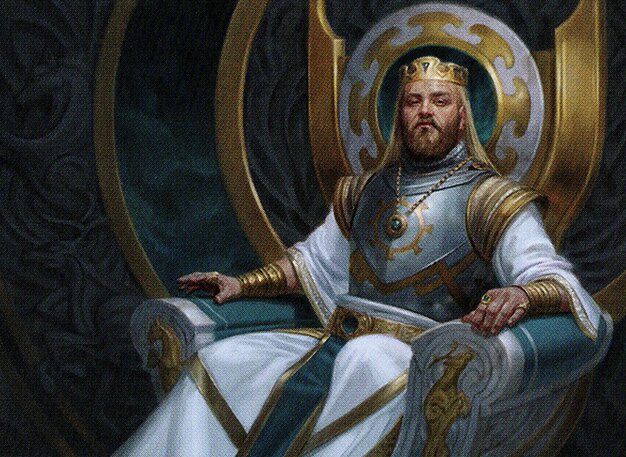
Kenrith, the Returned King
Versatile midrange deck that uses Kenrith's abilities for value, recursion, and combat tricks, often balancing between aggression and control.
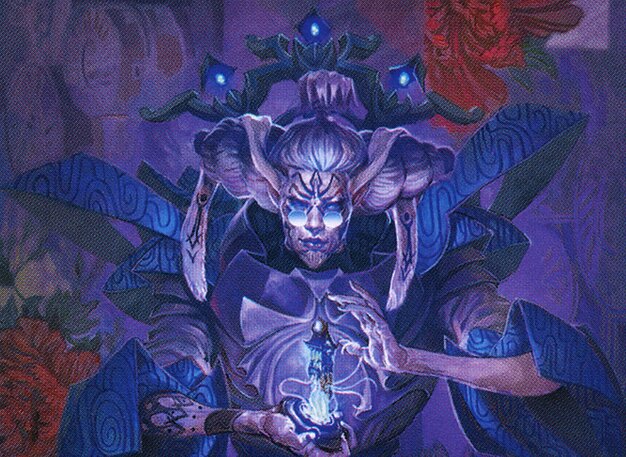
Tameshi, Reality Architect
Utilizes bounce effects and incremental value creatures to control the board state and maintain card advantage, often disrupting opponents' tempo.
Gameplay Insights
- 1
The extensive use of Force of Will by Elsha players created a prolonged control stalemate, forcing careful resource management and timing.
- 2
Blind Obedience was a pivotal card that slowed down artifact and creature strategies by tapping opponent's permanents and applying extort pressure.
- 3
Grafdigger's Cage effectively hindered graveyard and library-based strategies, influencing deck building and in-game decisions.
- 4
Players paid close attention to triggers from Rhystic Study and Dark Confidant, leveraging incremental card advantage to outlast opponents.
- 5
Mana acceleration through Chrome Mox and Dark Ritual allowed for explosive early plays, but the presence of disruption kept the game tightly contested.
- 6
Tameshi's bounce effects helped mitigate threats and maintain tempo, showing the importance of interaction beyond pure counter spells.
Notable Cards
-

Force of Will
-

Dark Confidant
-

Chrome Mox
-
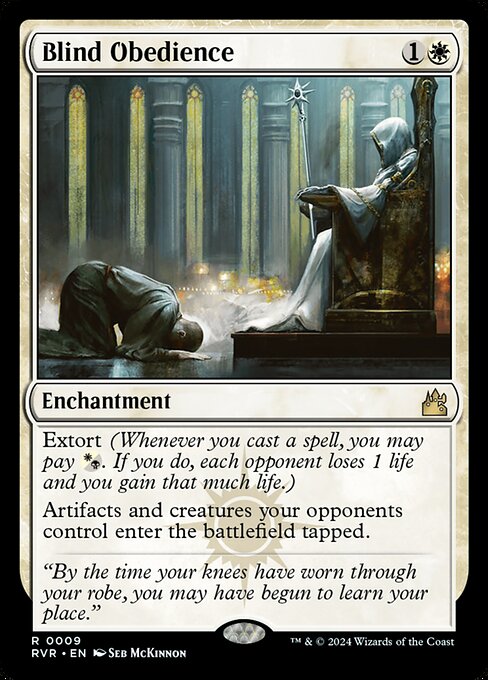
Blind Obedience
-
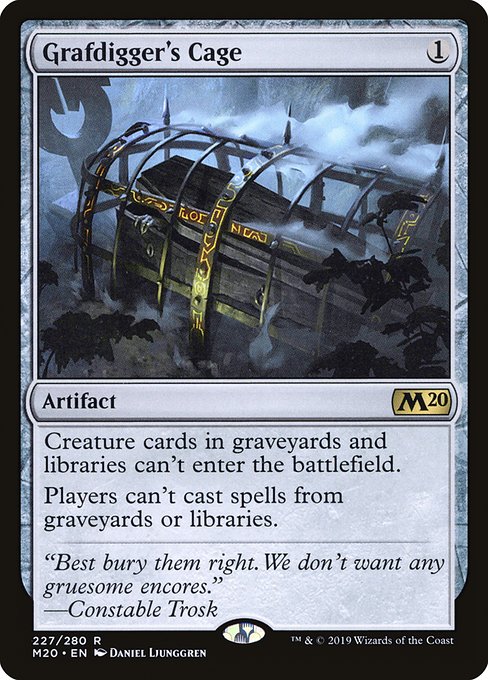
Grafdigger's Cage
-
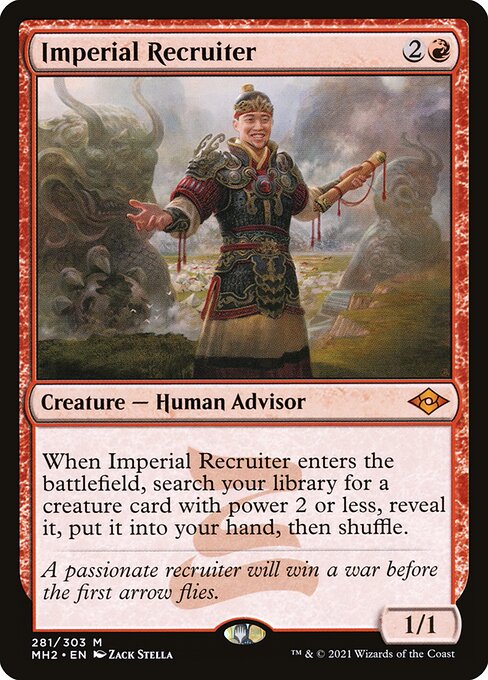
Imperial Recruiter
-

Rhystic Study
-
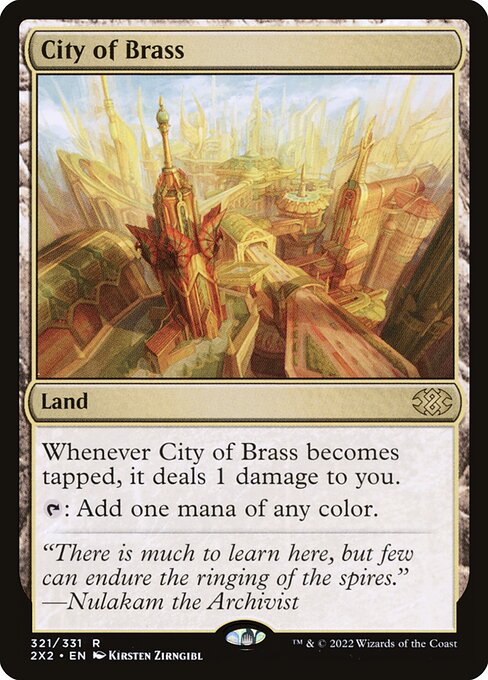
City of Brass
Gameplay Summary
The game featured a tense and interactive early phase where players utilized efficient mana acceleration and disruption to establish board presence.
Kinnan, Bonder Prodigy leveraged ramp cards like Chrome Mox and Dark Ritual to quickly deploy threats such as Dark Confidant, setting up card advantage.
Elsha of the Infinite players focused heavily on counter magic, creating a prolonged stalemate with multiple force of will counters exchanged.
Meanwhile, Tameshi, Reality Architect used bounce effects and value creatures like Fairy Mastermind to maintain tempo and card draw.
A key turning point occurred when Blind Obedience was cast, significantly hindering artifact and creature-based strategies by tapping opposing permanents and taxing opponents with extort.
This card shaped the midgame by slowing down aggressive plays and enabling control-oriented lines. Throughout the match, players carefully navigated around disruption from cards like Grafdigger's Cage, which hindered graveyard and library interactions, a common theme in competitive EDH.
The presence of cards such as Imperial Recruiter and Manavault showed the emphasis on toolbox and mana utility in the decks.
The game was marked by tight resource management, with players paying careful attention to triggers like Rhystic Study and managing the damage from lands like City of Brass.
The game progressed with incremental advantage plays rather than explosive combos, highlighting the high-level control and interaction typical in cEDH leagues.





































